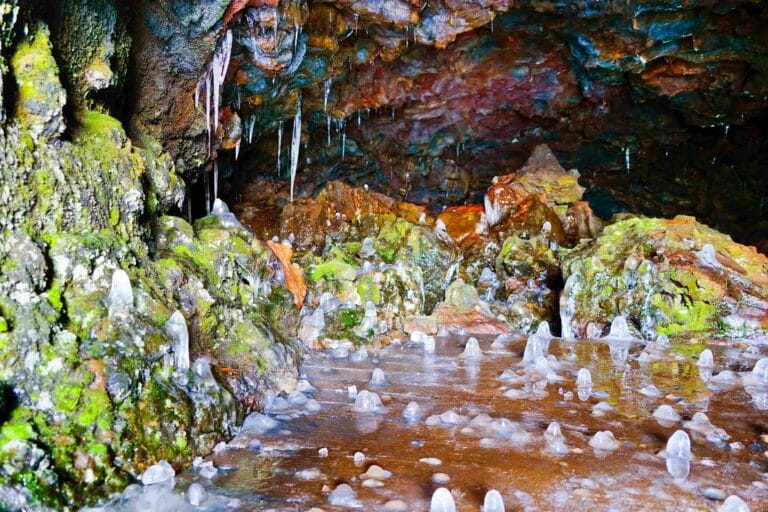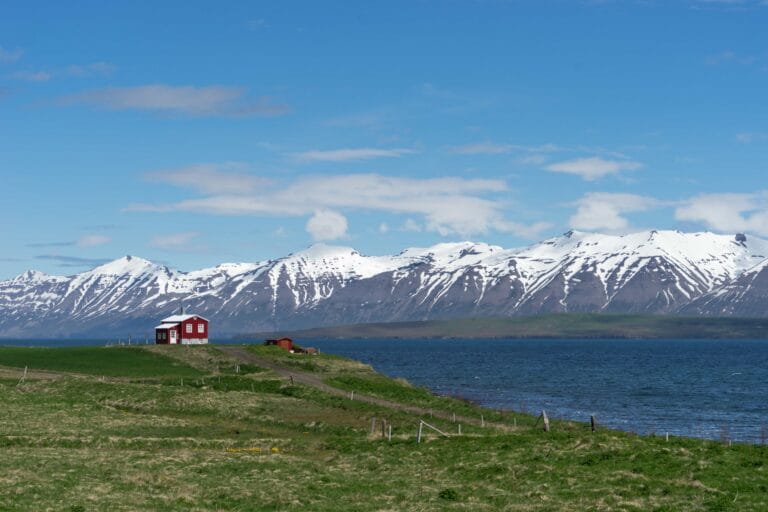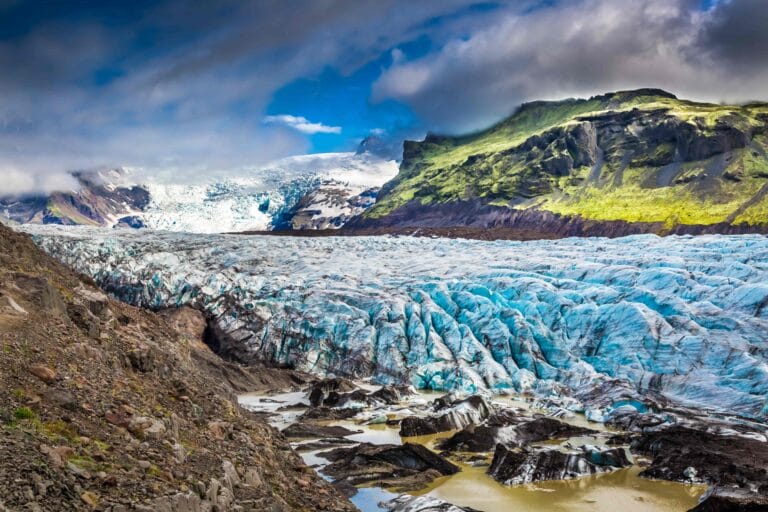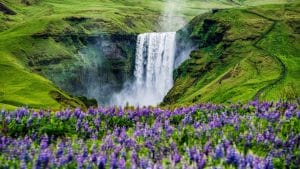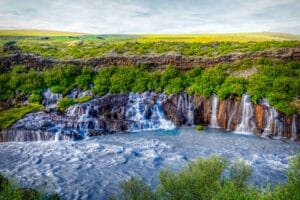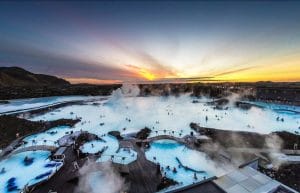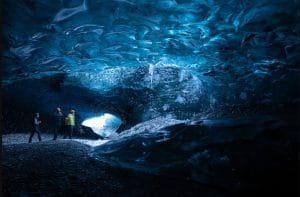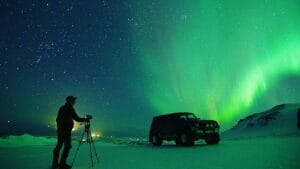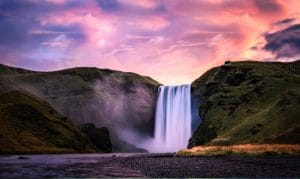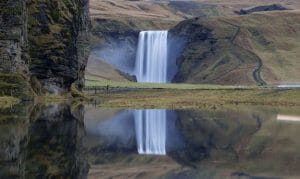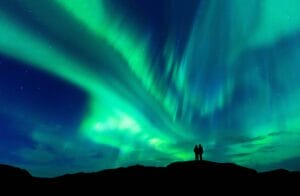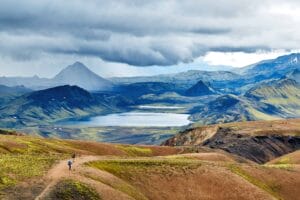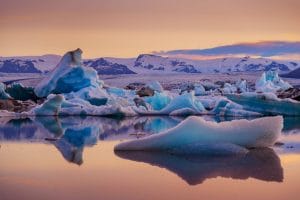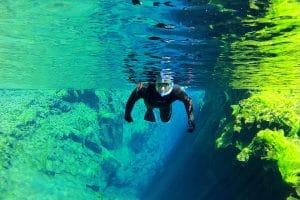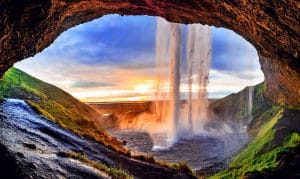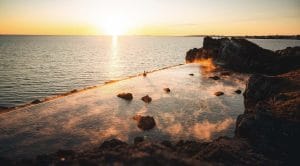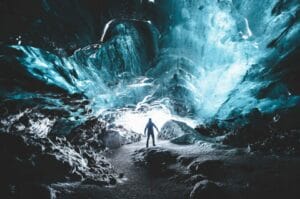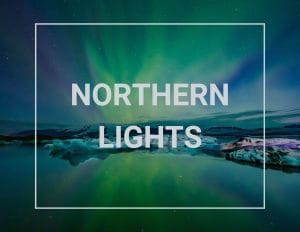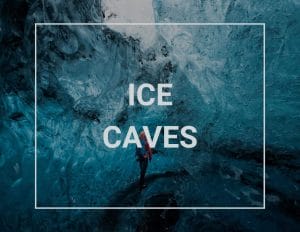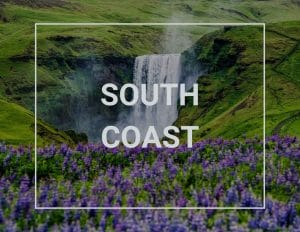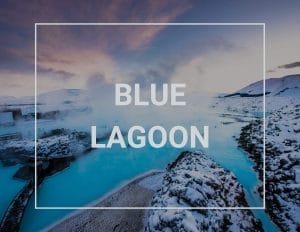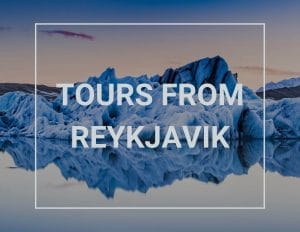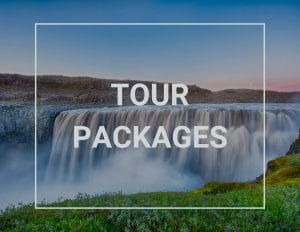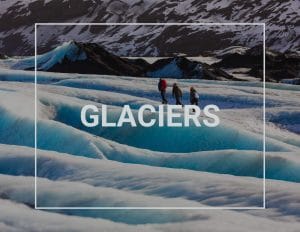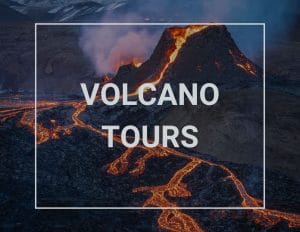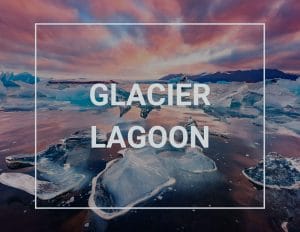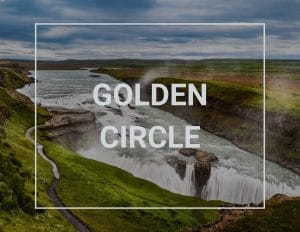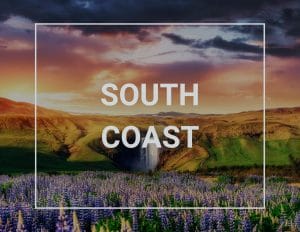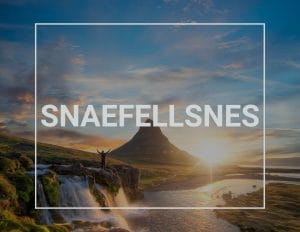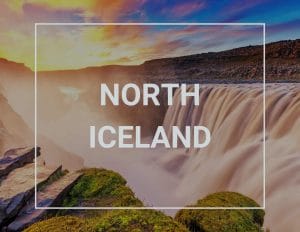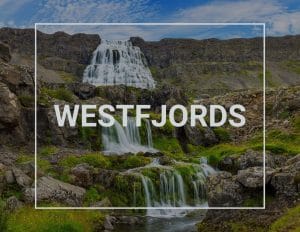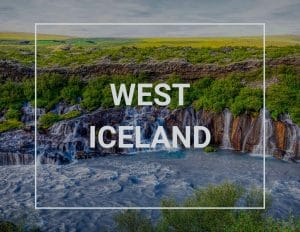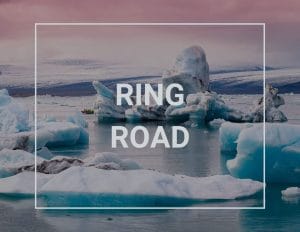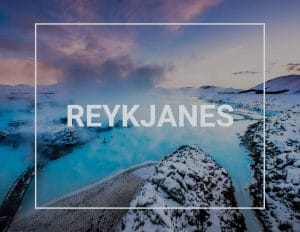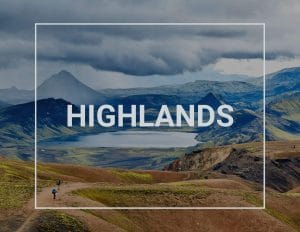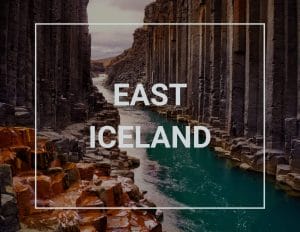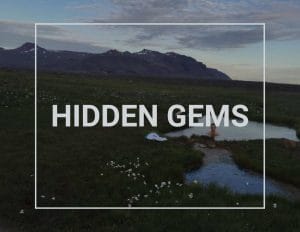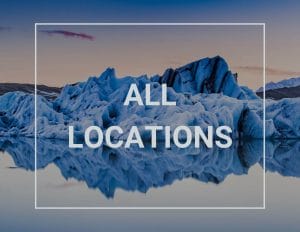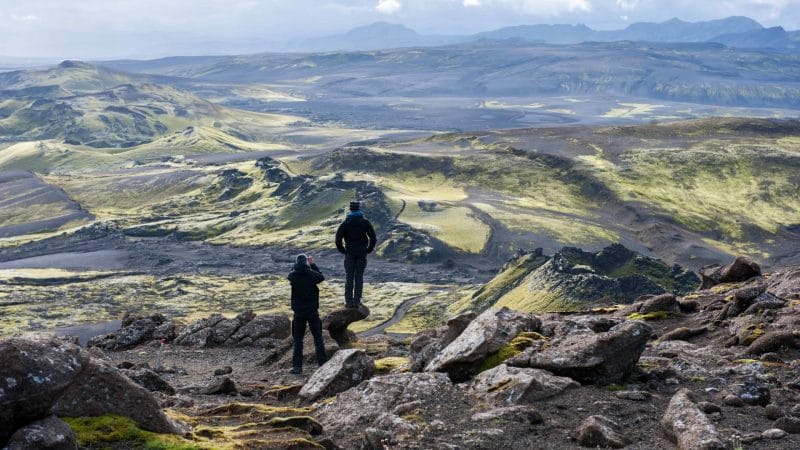
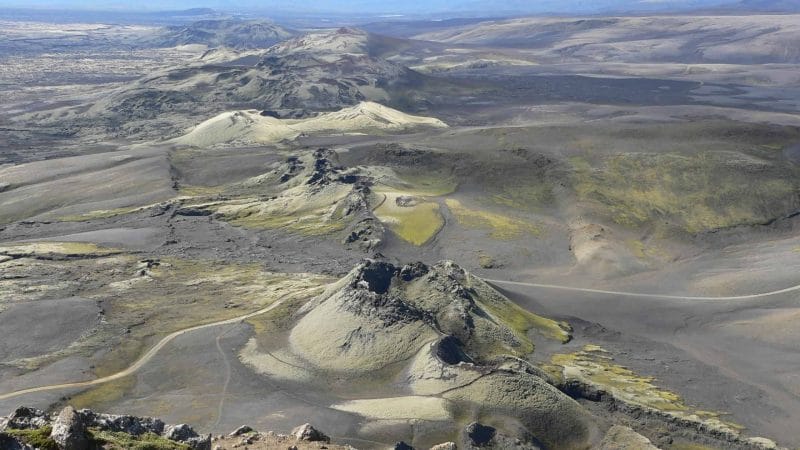
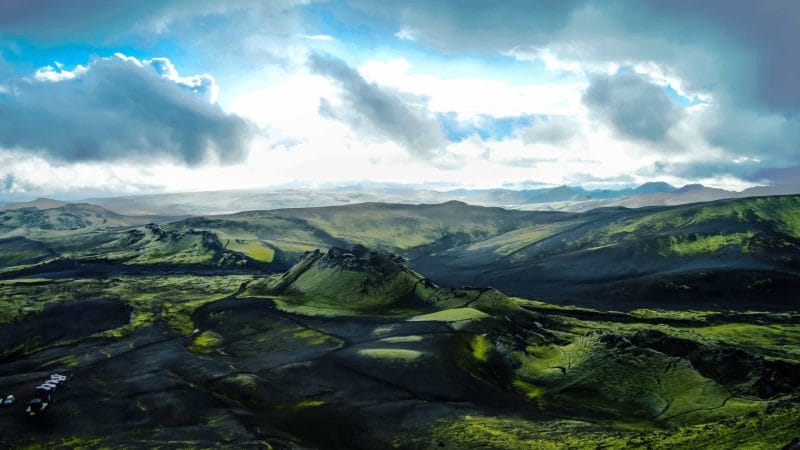
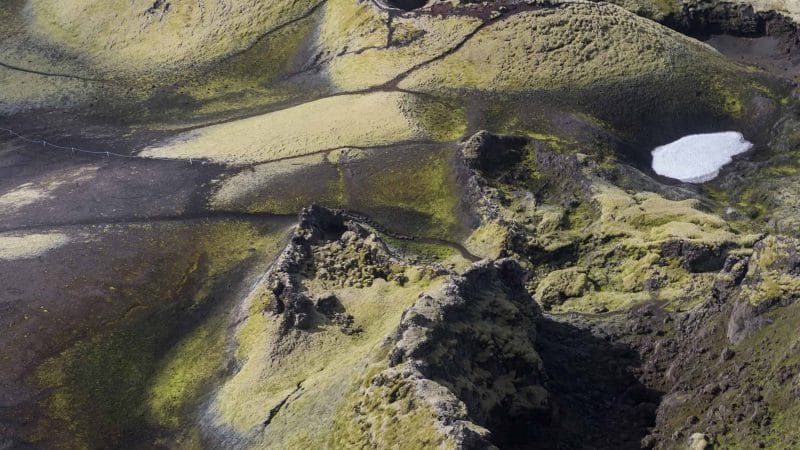
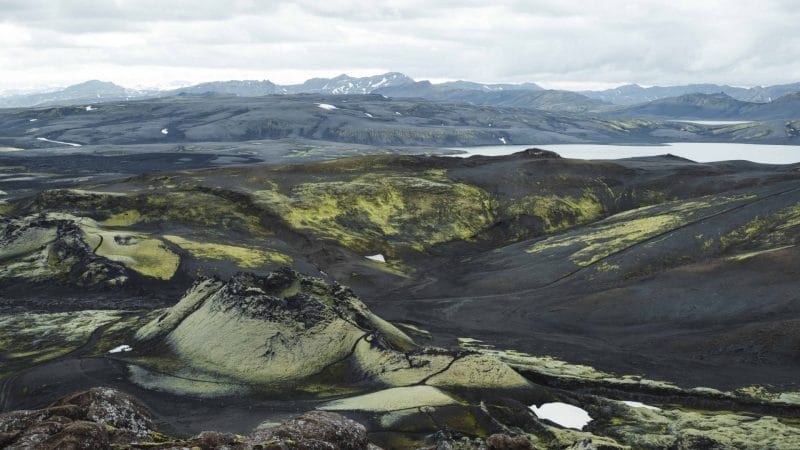
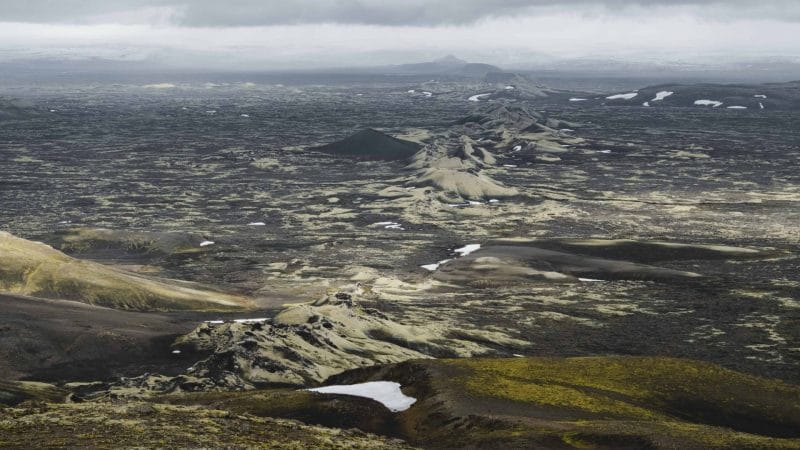

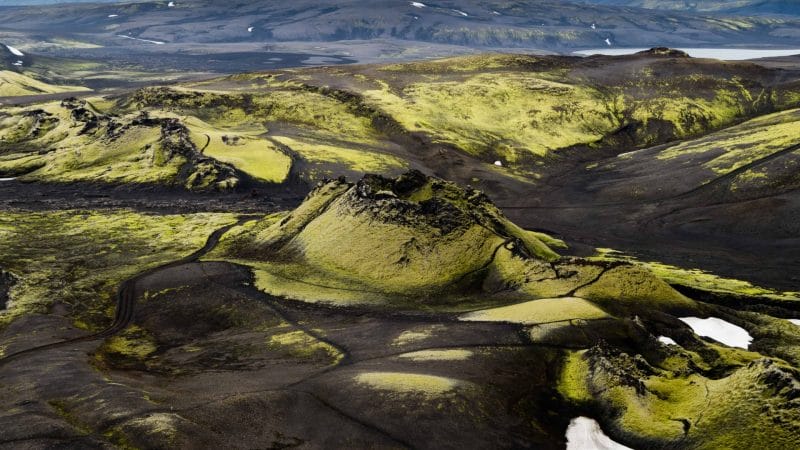
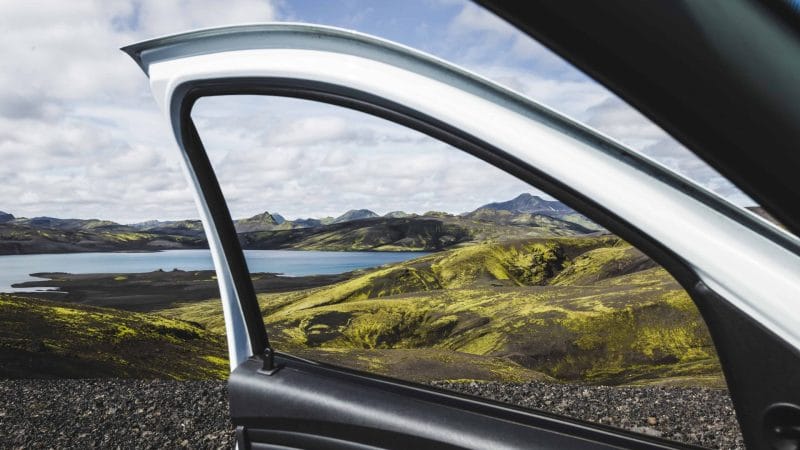
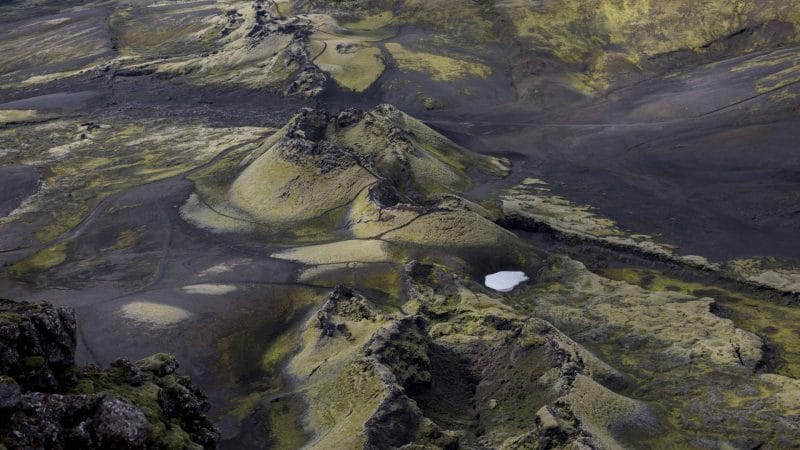
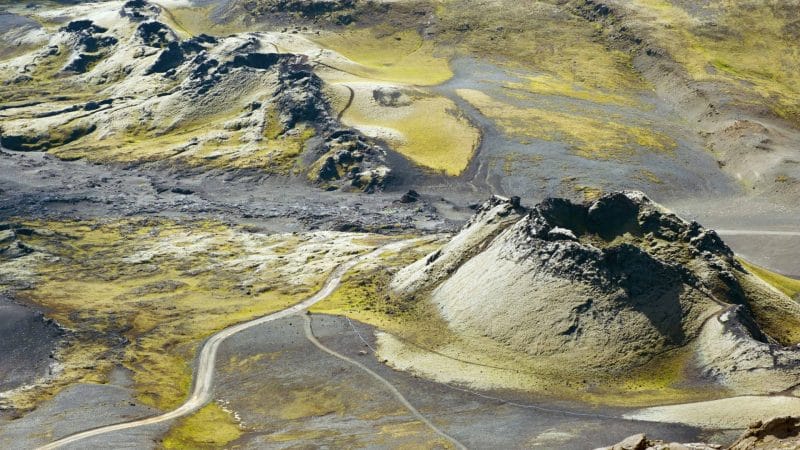
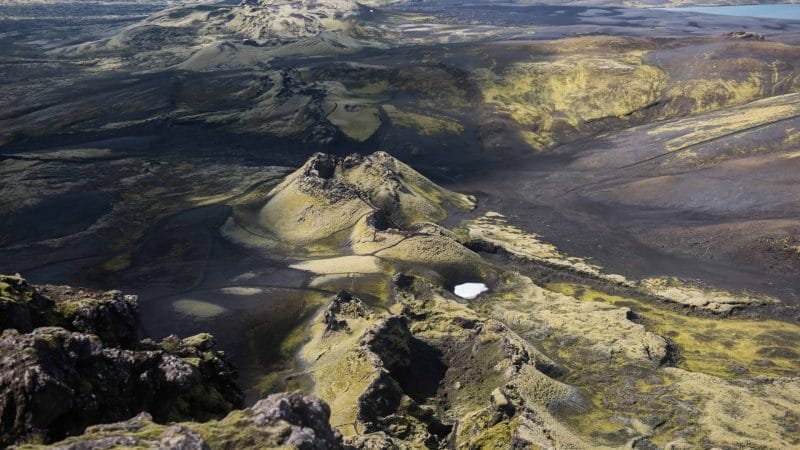
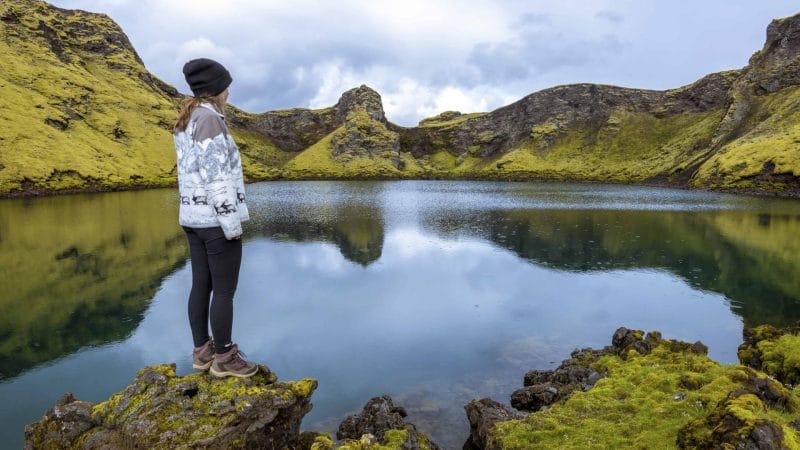
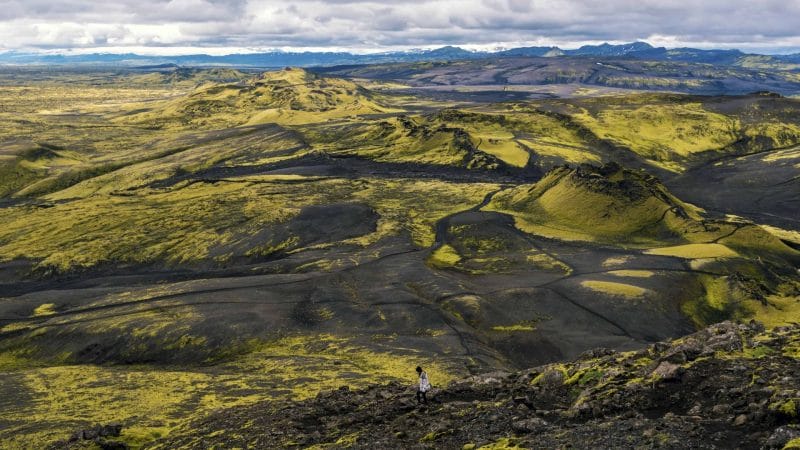
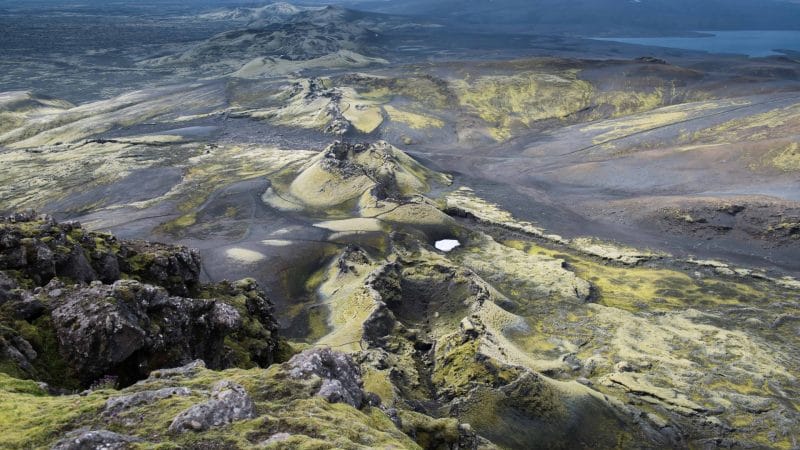
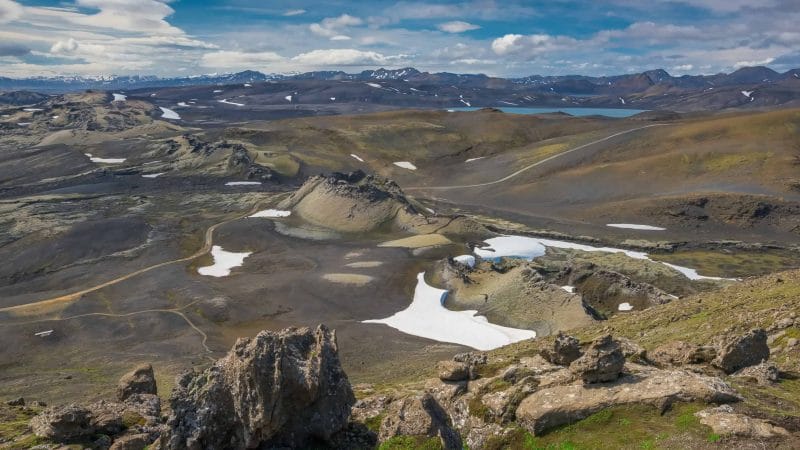
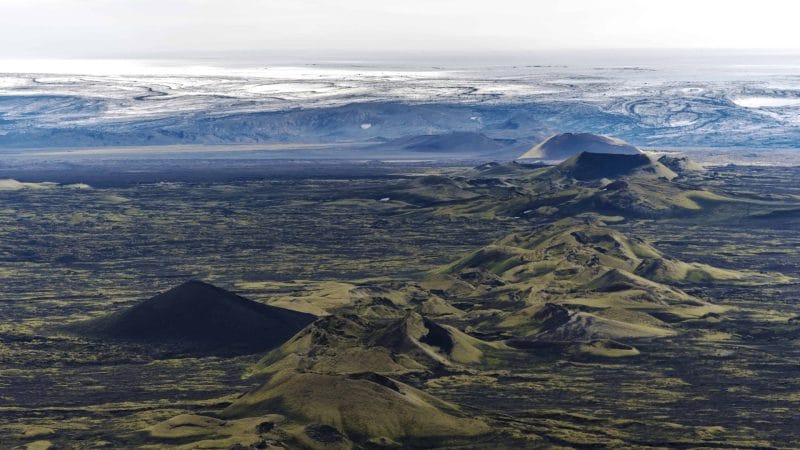
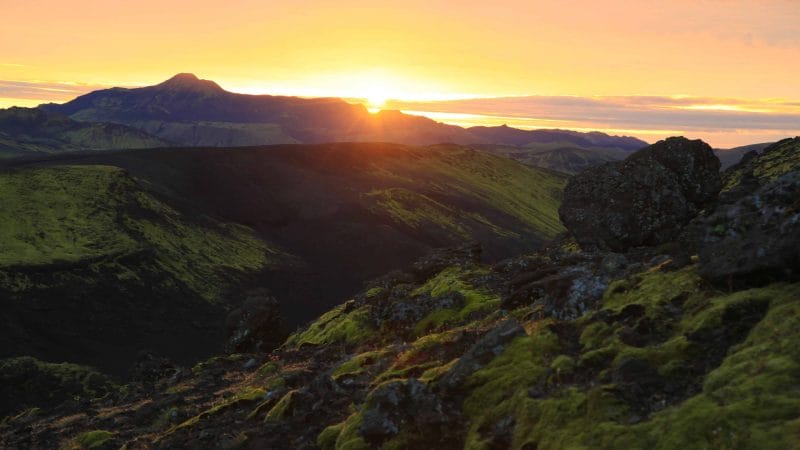



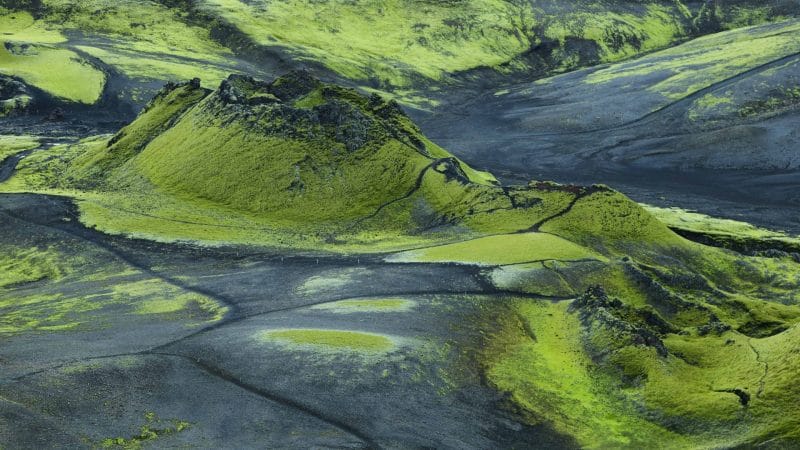
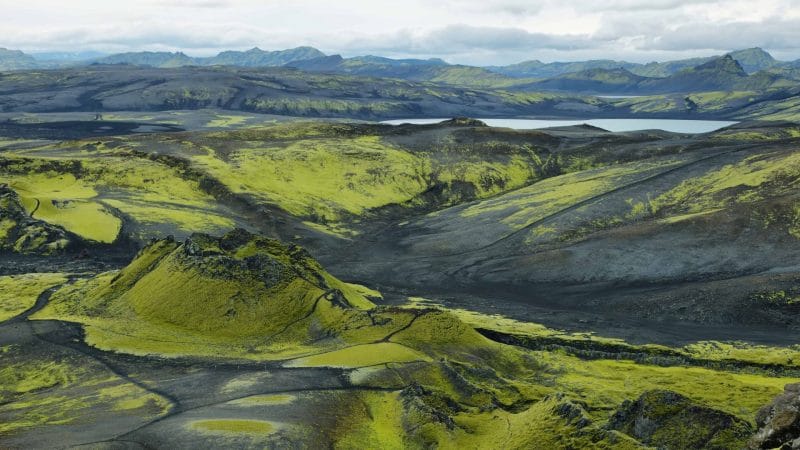
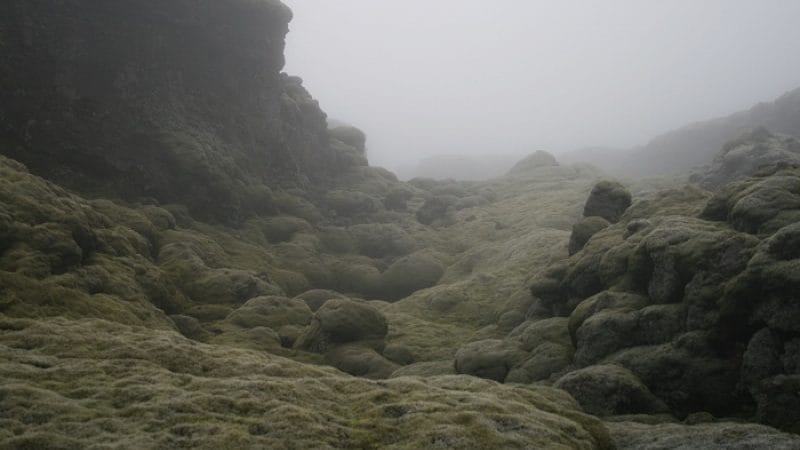
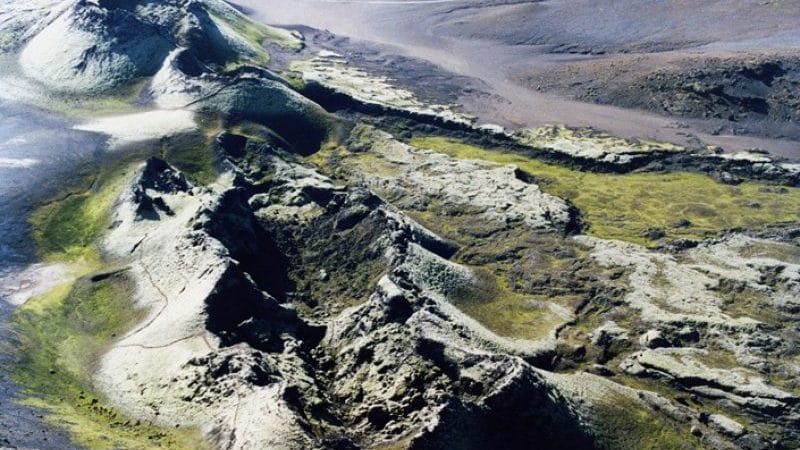
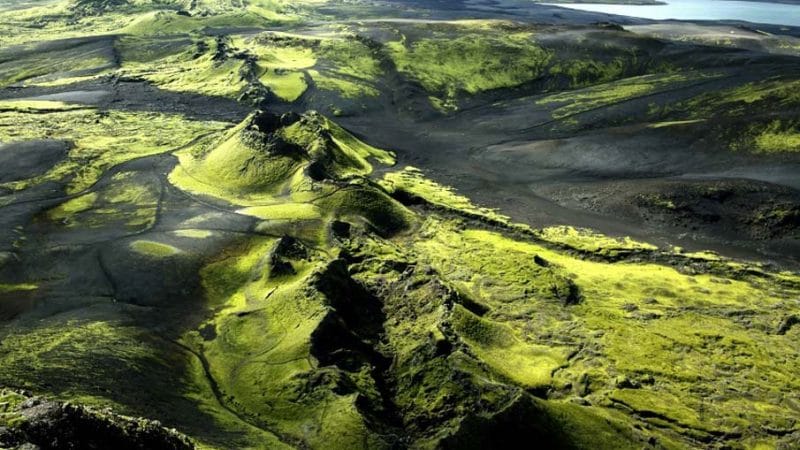



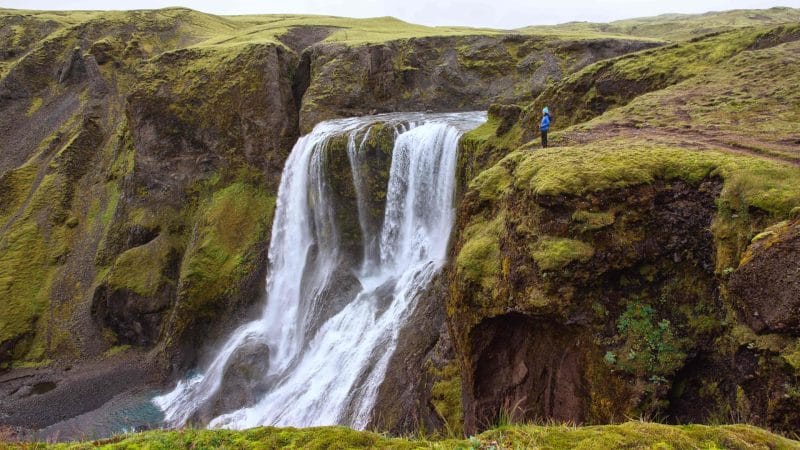

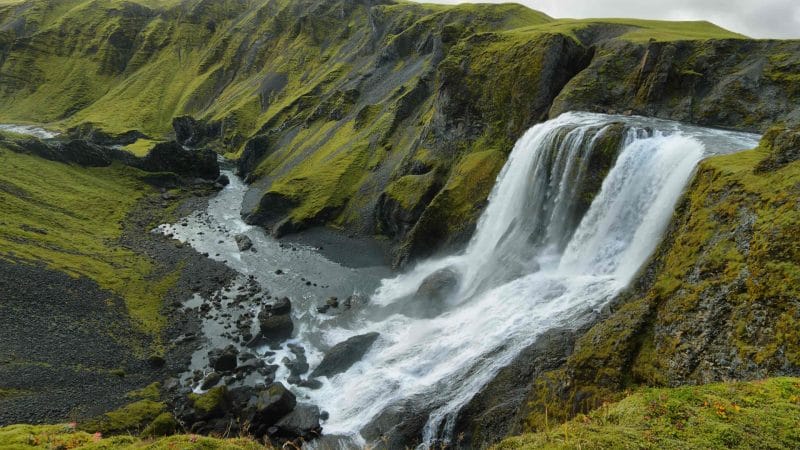
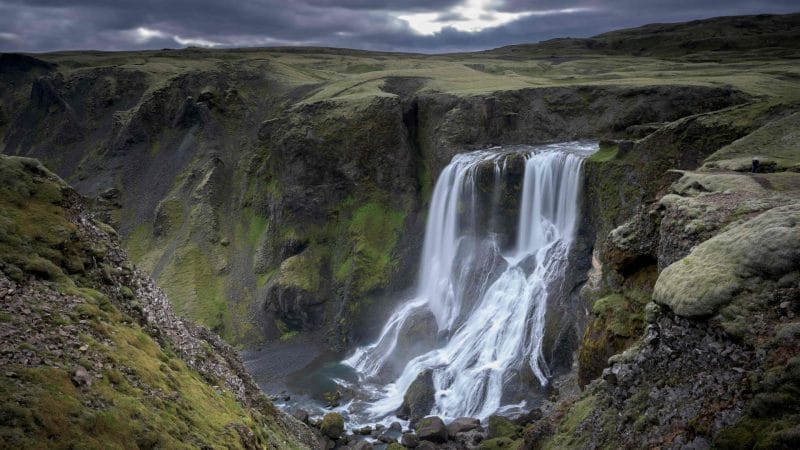
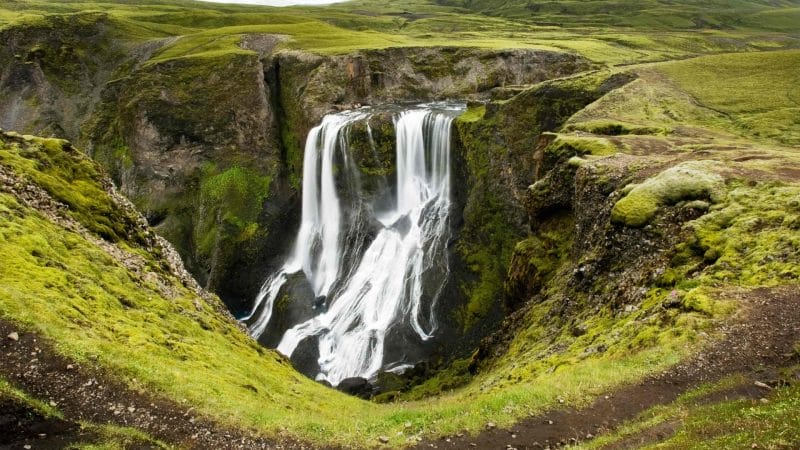
Basic Information
- Lakagígar is a 25 km stretch with nearly 130 craters.
Laki Craters (Lakagígar) is one of Iceland’s most remarkable natural wonders—and one of its most haunting historical sites. Located deep in the remote Highlands of southern Iceland, this row of volcanic craters formed during one of the most devastating eruptions in recorded history. Today, the area is a dream destination for geology lovers, photographers, hikers, and anyone looking to explore Iceland’s raw and untouched wilderness.
In this travel guide, you’ll learn what makes the Laki Craters so special, how to get there, what to expect, and why taking a super jeep tour is the best way to experience this dramatic landscape.
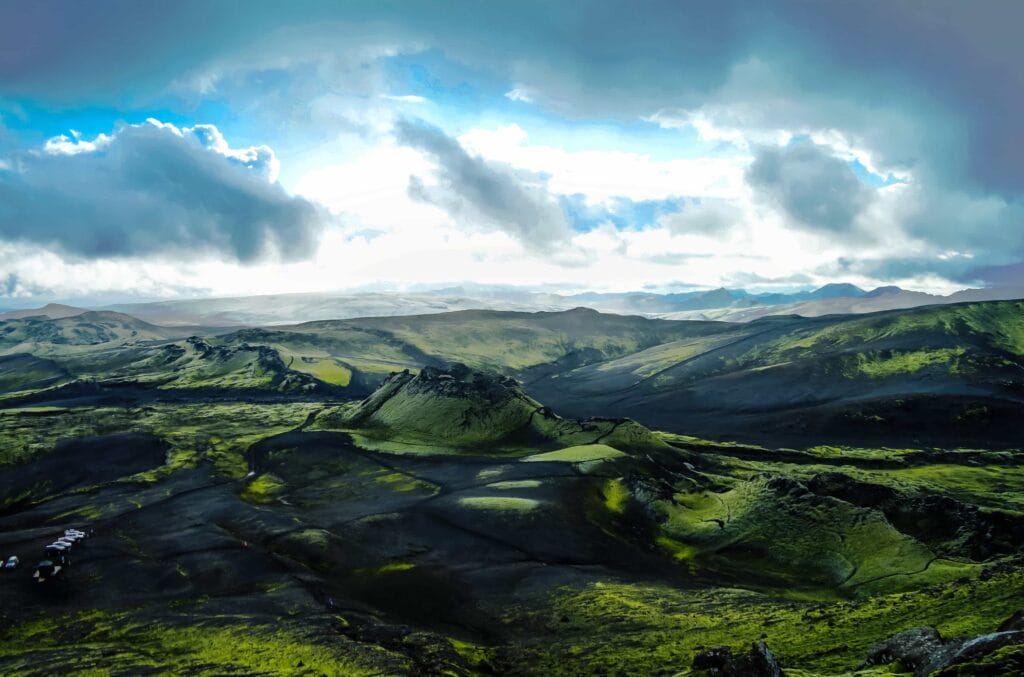
What Are the Laki Craters?
The Laki Craters (Icelandic: Lakagígar) are part of a 27-kilometer-long volcanic fissure in the Vatnajökull National Park area. In 1783, the fissure erupted violently over an eight-month period, spewing lava and toxic gases across the land. This event, known as the Skaftáreldar eruption, caused immense destruction in Iceland—killing around 50% of the livestock and leading to famine that claimed the lives of up to a quarter of the population.
But the impact wasn’t limited to Iceland. The eruption released vast amounts of sulfur dioxide into the atmosphere, causing a global climate disturbance. In Europe, it led to crop failures, disease, and thousands of deaths. Some historians even suggest it played a role in igniting political unrest that led to the French Revolution.
Today, the Laki Craters remain as a stark, awe-inspiring geological feature—offering visitors a chance to walk through history and witness the power of nature firsthand.
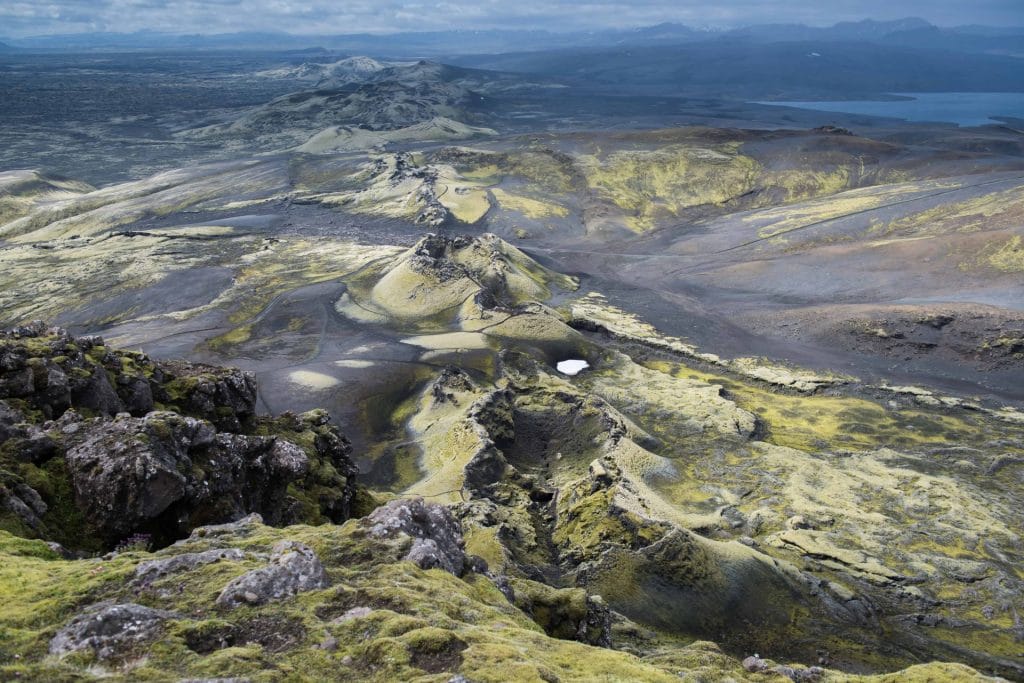
Where Is Laki Located?
Laki is located in Iceland’s southern Highlands, between the towns of Kirkjubæjarklaustur and Landmannalaugar, in a remote region known for its volcanic landscapes, glacier views, and rugged beauty. The area is only accessible in summer, usually from mid-June to mid-September, and requires a 4×4 vehicle due to challenging mountain tracks and multiple river crossings.
How to Visit Laki Craters
Option 1: Self-Drive (Not Recommended Unless Very Experienced)
While technically possible, driving to Laki on your own requires an experienced off-road driver, a large 4×4 vehicle (preferably a super jeep), and knowledge of Highland travel. The F-roads (mountain roads) are rough, unmarked in places, and include multiple river crossings that can be dangerous without proper experience.
Option 2: Super Jeep Tour (Best Choice)
The safest and most comfortable way to visit the Laki Craters is by joining a guided super jeep tour. These tours are led by certified local guides with specially modified vehicles built for Highland terrain. You’ll not only reach Laki safely but also benefit from expert knowledge, storytelling, and access to hidden spots you might otherwise miss.
Bonus: With a guided tour, your guide often moves the jeep to the end of the trail while you hike, so you can explore more with less backtracking.
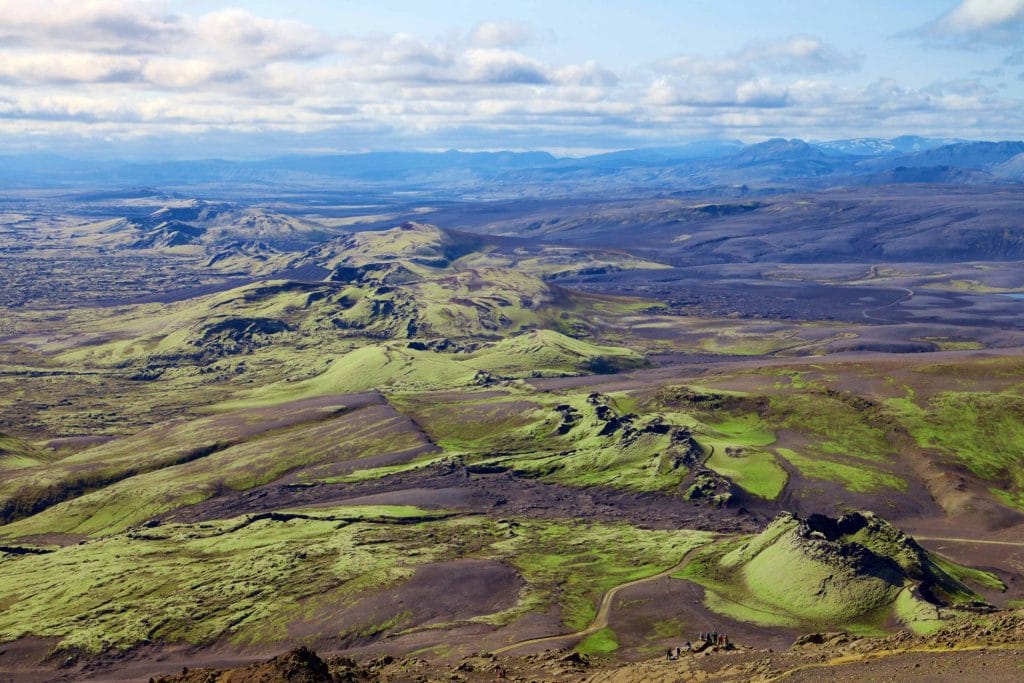
What to See at Laki
Mt. Laki
The central mountain that gave the crater row its name. A moderate hike to the top rewards you with panoramic views over the craters, lava fields, and surrounding Highlands.
Volcanic Craters
Walk among the chain of 140 craters, each formed during the historic 1783 eruption. The contrast between black lava, green moss, and glowing summer light is a photographer’s dream.
Fagrifoss Waterfall
On the way to Laki, stop at Fagrifoss, one of Iceland’s hidden gems. Its name means “Beautiful Waterfall,” and it truly lives up to it.
Tjarnargígur Crater Lake
A stunning crater filled with water, surrounded by vivid moss and lava formations. It’s one of the most peaceful and photogenic spots in the area.
Fjaðrárgljúfur Canyon
Often visited at the end of a Laki tour, this dramatic canyon has gained worldwide attention and is a stunning example of Iceland’s glacially carved landscapes.

Best Time to Visit
Season: Mid-June to mid-September (when F-roads are open)
Time of Day: Morning to early evening (most tours depart around 9:00 AM)
Weather: Be prepared for rapidly changing conditions—bring layers, waterproof gear, and sturdy hiking shoes.
What to Pack
Warm clothing (layers, waterproof outerwear)
Hiking boots
Snacks/lunch and water
Camera
Sunglasses and sunscreen (yes—even in Iceland!)
A good attitude and sense of adventure
Facilities at Laki
Surprisingly for such a remote destination, there are flush toilets at key stops like Laki and Tjarnargígur, and a dry toilet at Fagrifoss.
Why Choose a Guided Tour to Laki Craters?
Safe and stress-free travel on rough terrain
Expert guide with local insights and history
Unique Highland experience with small groups
More hiking, less driving
Great value for an unforgettable day
Final Thoughts
If you want to experience Iceland’s volcanic power, remote beauty, and deep history, a visit to the Laki Craters is a must. With its mix of scenic wonder and historical significance, Lakagígar offers one of the most meaningful and memorable day trips in Iceland. Whether you’re a nature lover, photographer, hiker, or history buff, Laki will leave a lasting impression.
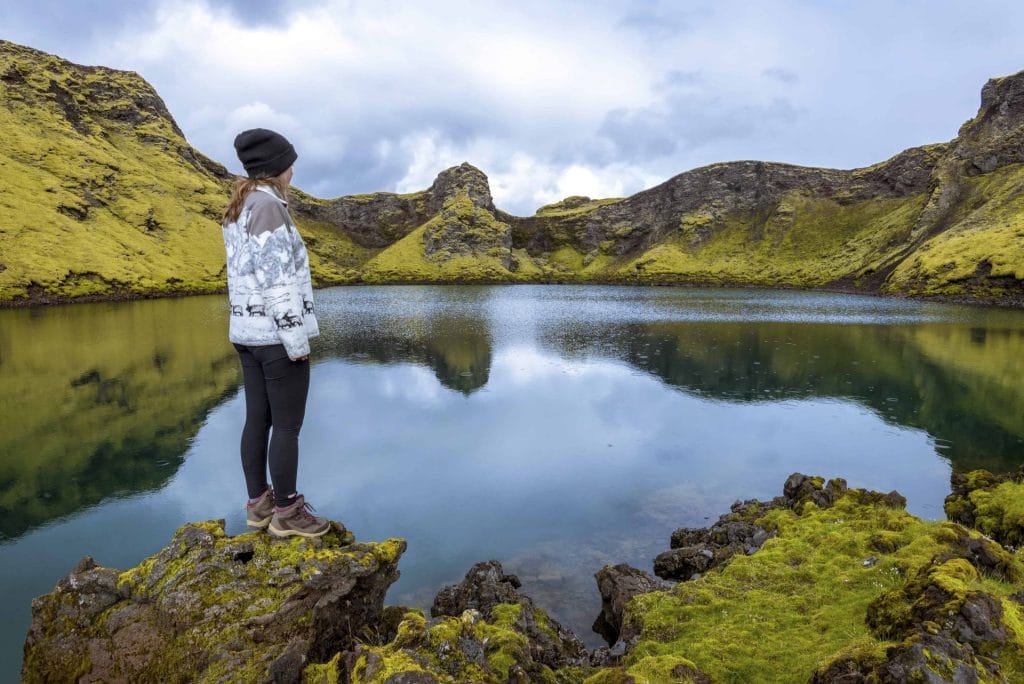
Interesting locations in the area
Locations
- Langisjór Lake
- Fagrifoss waterfall
- Eldgjá
- Huldufoss waterfall
- Landmannalaugar
- Fjaðrárgljúfur Canyon
- Kirkjubæjarklaustur
Hotels & Restaurants
- Hotel Laki
- Magma Hotel
- Hunkubakkar Guesthouse
- Systrakaffi
- Smiðjan Brugghús - Vík


